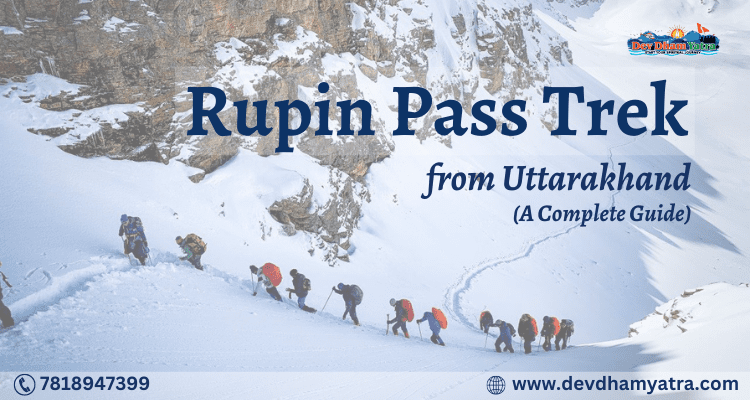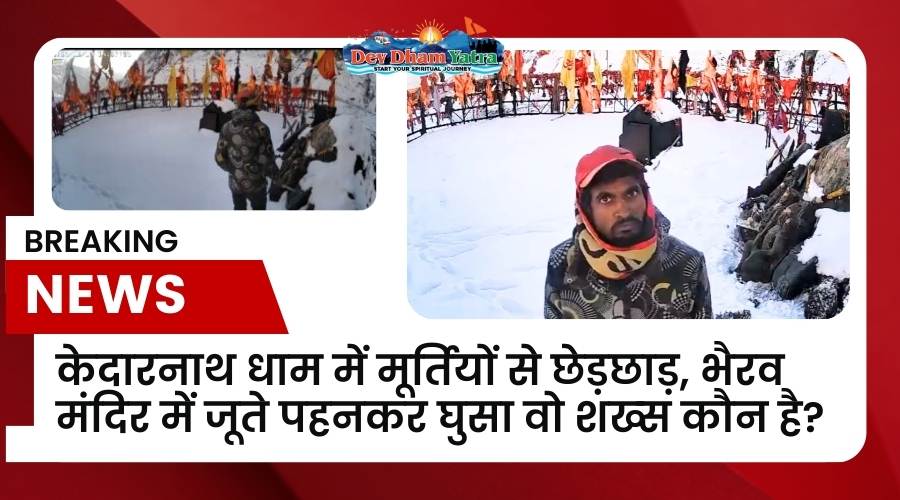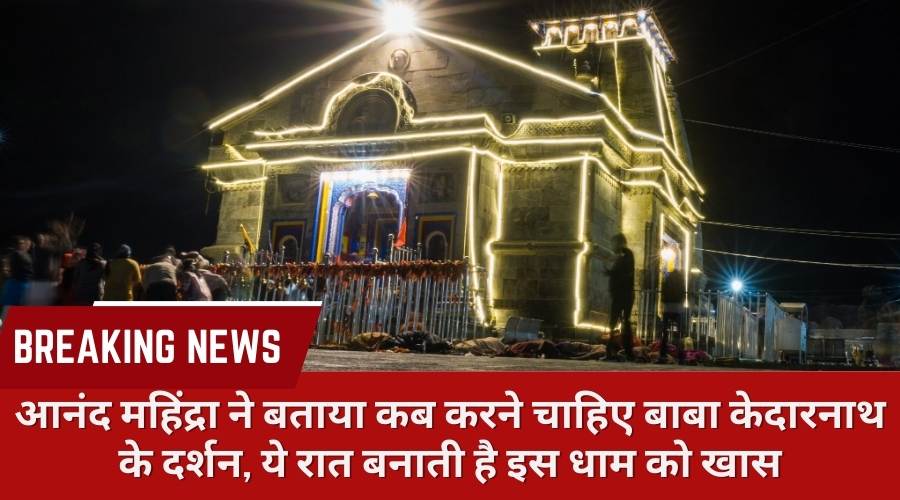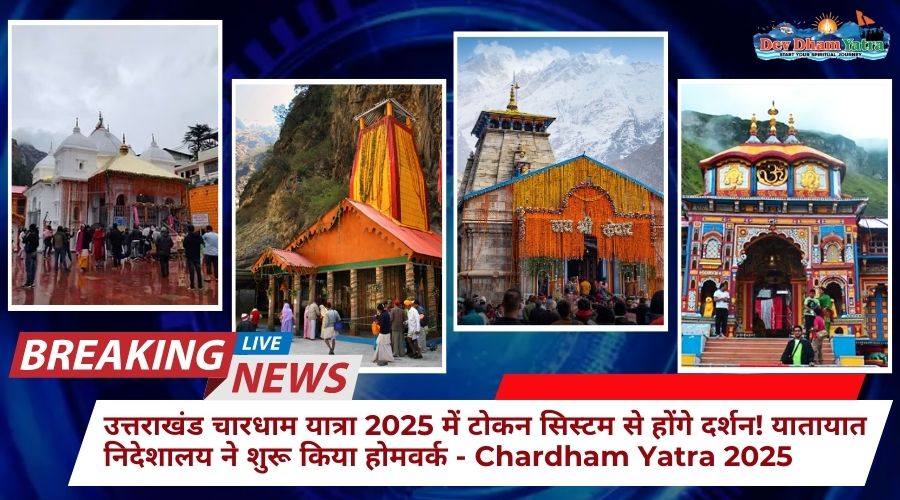Rupin Pass is a popular trekking destination located in the Indian state of Uttarakhand. It is a high-altitude trek that takes you through the remote and scenic landscapes of the Rupin Valley, crossing the Rupin River and eventually reaching the Rupin Pass at an elevation of 4,650 meters (15,250 feet). The trek is known for its stunning natural beauty, challenging terrain, and panoramic views of snow-capped mountains.
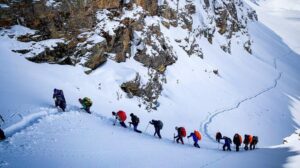
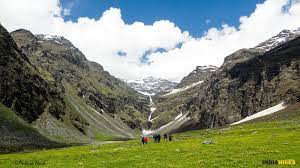
Here are some key details about the Rupin Pass trek:
Duration: The Rupin Pass trek typically takes around 8 to 10 days to complete. This duration may vary depending on the trekking company or individual preferences.
Difficulty Level: The trek is considered moderately difficult and is suitable for experienced trekkers with prior high-altitude trekking experience. It involves steep ascents, descents, and traversing through varied terrains, including rocky paths, snow patches, and meadows.
Best Time to Visit: The best time to undertake the Rupin Pass trek is generally from mid-May to mid-June and September to October. During these months, the weather is relatively stable, with clear skies and moderate temperatures. However, it’s always advisable to check the weather conditions and consult local authorities or experienced trekking guides before planning your trip.
Starting Point: The trek usually starts from a small village called Dhaula, which is around 200 kilometers from Dehradun, the capital city of Uttarakhand. To reach Dhaula, you can hire a private vehicle or take public transportation from Dehradun.
Highlights of the Trek: The Rupin Pass trek offers breathtaking views of the snow-capped Himalayan peaks, lush green meadows, waterfalls, and hanging villages. Some of the key highlights of the trek include the Rupin Waterfall, the picturesque village of Jhaka, the Rupin River crossing, and the stunning landscapes of the upper Rupin Valley.
Permits and Regulations: Like most treks in Uttarakhand, it is necessary to obtain permits for the Rupin Pass trek. These permits can be obtained from the Uttarakhand Forest Department or through authorized trekking agencies. It’s important to follow the rules and regulations set by the local authorities to ensure a safe and enjoyable trekking experience.
Safety Considerations: Trekking at high altitudes involves certain risks, and it’s important to take necessary precautions. It is advisable to undergo physical fitness training prior to the trek and acclimatize properly during the ascent. Carrying essential trekking gear, including proper clothing, camping equipment, a first aid kit, and sufficient food and water, is crucial. Additionally, it’s recommended to have travel insurance that covers high-altitude trekking and medical emergencies.
The Rupin Pass trek is a rewarding adventure for nature enthusiasts and experienced trekkers, offering a memorable experience amidst the Himalayan beauty. However, due to the changing nature of conditions and regulations, it is always a good idea to consult with local authorities or experienced trekking operators for the most up-to-date information before planning your trek.
Itinerary for Rupin Pass Trek:
The itinerary for the Rupin Pass Trek can vary based on individual preferences, available time, and logistical considerations. Please note that this is just a general outline, and the actual itinerary may vary depending on the trekking company or individual preferences:
Day 1: Delhi to Dehradun
Day 2: Dehradun to Mori to Dhaula
Day 3: Dhaula to Sewa (by trekking)
Day 4: Sewa – Jakha (by trekking)
Day 5: Jakha- Suruwas Thach (by trekking)
Day 6: Suruwas Thach- Dhanderas Thach (by trekking)
Day 7: Dhanderas Thach – Upper Waterfall Camp (by trekking)
Day 8: Upper Waterfall Camp- Rupin Pass- Ronti Gad (by trekking)
Day 9: Ronti Gad- Sangla (by trekking)
Day10: Sangla- Shimla- Dehradun/ Delhi
Please note that this itinerary is subject to change depending on weather conditions, group pace, and other factors. It’s essential to consult with experienced trekking guides or operators to create a personalized itinerary and make necessary adjustments as per your requirements.
Note: Yatris can travel to New Delhi by plane or train from any location. The route described above will be followed after reaching New Delhi.
Travel Tips:
- Prepare yourself physically before the trek by engaging in regular exercise and cardiovascular activities. Strengthen your legs, core, and upper body muscles to cope with the demands of the trek.
- Take the time to acclimatize properly during the trek. Ascend gradually and allow your body to adjust to the altitude. Stay hydrated and avoid overexertion.
- Invest in good-quality trekking gear, including sturdy trekking shoes, a comfortable backpack, appropriate clothing for different weather conditions (layering is essential), a waterproof jacket, trekking poles, a sleeping bag, and a tent. Carry a first aid kit with essential medications.
- Pack only the essentials and avoid unnecessary items that will weigh you down. Keep your backpack as light as possible to make the trek more comfortable.
- Check the weather conditions before starting the trek. Be prepared for sudden changes in weather and carry suitable gear for rain, snow, and cold temperatures.
- Obtain the necessary permits from the Uttarakhand Forest Department or authorized trekking agencies. Ensure that you have all the required documents and permits with you during the trek.
- It’s advisable to have travel insurance that covers high-altitude trekking and medical emergencies. Check the policy details and ensure it provides adequate coverage for your trek.
- Consider hiring an experienced trekking guide or joining a guided trekking group. A guide will provide valuable insights, ensure your safety, and assist you with navigation and local information.
- Stay hydrated throughout the trek by carrying an adequate supply of water. Treat the water from natural sources like streams or carry water purification tablets or filters.
- Carry emergency contact numbers of local authorities, trekking agencies, and medical services.
- Choose the best time to trek the Rupin Pass, usually from mid-May to mid-June and September to October. However, check the weather conditions and consult with local authorities or experienced trekking guides for the most suitable time to undertake the trek.
Remember, safety should be your top priority during the trek. Be prepared, take necessary precautions, and enjoy the mesmerizing beauty of the Rupin Pass trek in Uttarakhand.
FAQs:
Q1. How challenging is the trek to Rupin Pass?
A. The Rupin Pass trek is considered moderately difficult. It involves steep ascents, descents, and traversing through varied terrains, including rocky paths, snow patches, and meadows. Prior high-altitude trekking experience and good physical fitness are recommended.
Q2. What time of year is ideal for the Rupin Pass trek?
A. The best time to undertake the Rupin Pass trek is generally from mid-May to mid-June and September to October. During these months, the weather is relatively stable, with clear skies and moderate temperatures.
Q3. Do I require a permit for Rupin Pass Trek?
A. Yes, permits are required for the Rupin Pass trek. These permits can be obtained from the Uttarakhand Forest Department or through authorized trekking agencies. It’s important to follow the rules and regulations set by the local authorities.
Q4. What are the highlights of the Rupin Pass trek?
A. The Rupin Pass trek offers breathtaking views of snow-capped Himalayan peaks, lush green meadows, waterfalls, and hanging villages. The Rupin Waterfall, the village of Jhaka, the Rupin River crossing, and the stunning landscapes of the upper Rupin Valley are some of the key highlights of the trek.

